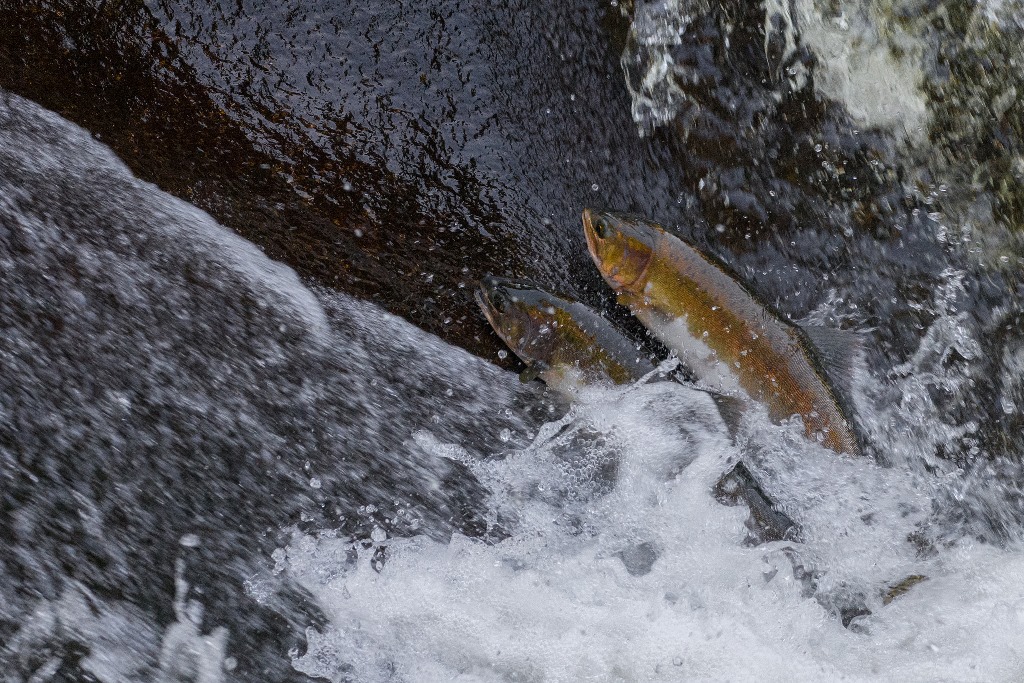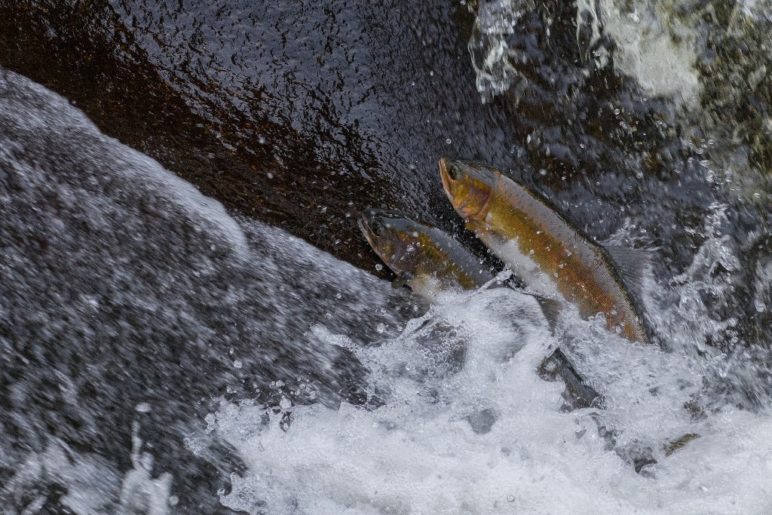In one of his first major decisions, EPA Administrator Scott Pruitt in late March 2017 refused to protect Americans from Chlorpyrifos, an organophosphate pesticide that is a known neurotoxin and especially harmful to children. In doing so, he ignored the recommendations of EPA scientists that the pesticide should be canceled because of unacceptable risks from neurodevelopment effects.
Pruitt was selected by President Trump for the post in part because of his close ties to the petrochemical industry, so it was not surprising that his failure to protect public health from Chlorpyrifos was followed in short order by requests from the chemical industry to weaken protections for wildlife as well. Within a month, lawyers for chemical companies had sent private letters to Trump administration Cabinet departments and EPA, requesting that they ignore findings by federal scientists that Chlorpyrifos and two other neurotoxic organophosphate pesticides, Diazinon and Malathion, are harmful to numerous animal species.
Why those three chemicals in particular? Well, the federal research findings that each of those organophosphates is harmful to about 1,800 endangered or threatened species were only the latest in a string of court-ordered actions to protect salmon and other endangered species from pesticides. Those court orders had themselves resulted from hard-fought citizen suits against EPA over the course of more than a decade.
Science has long recognized that pesticides threaten salmon and other fish in a number of ways: by killing the fish directly, damaging their habitat, impairing the species’ ability to swim, or interfering with their ability to navigate back to home streams to spawn. Pesticides also kill the insects salmon need to eat to survive.
In 2001, the Washington Toxics Coalition (WTC), the Northwest Center for Alternatives to Pesticides (NCAP), and two other organizations representing people who rely on fish for their livelihoods, sued EPA on the grounds it had not consulted the responsible federal agencies on whether pesticides posed hazards to endangered or threatened species, including salmon and steelhead. In 2004, a federal district court (in WTC v. EPA, 2004) directed EPA to establish pesticide no-use buffer zones around streams supporting salmon, in the states of Washington, Oregon, and California. Such water bodies were specified in the court order, and are reflected in EPA’s Salmon Mapper. The buffers can be removed if EPA completes its consultation with federal agencies that list endangered and threatened species, and if this consultation includes a finding from the responsible agency that a specific pesticide is “not likely to adversely affect” the species of concern. Without such a finding, these buffers remain legally in effect.

EPA’s Salmon Mapper (public domain), showing the US West Coast, with stream buffers for Malathion, the most commonly used organophosphate pesticide in the US, because it is applied for mosquitoes and other public health control programs.
But in the interim, the US Fourth Circuit Court of Appeals, on the East Coast, in February 2013 ruled in favor of pesticide companies, striking down the WTC v. EPA decision and sending the case back to the district court for further argument.
EPA had also failed to take action on five specific neurotoxic pesticides. So NCAP, this time with a different mix of plaintiffs concerned about fish, sea turtles, and other endangered species, and represented by Earthjustice, went back to court to enforce the 2004 ruling. The resulting court order, (NCAP v. EPA, 2014), reinstated the buffers established by the 2004 court decision for the five specific pesticides: Chlorpyrifos, Malathion, Diazinon, Carbaryl, and Methomyl. (The first three fall into the organophosphate chemical class; the latter two are carbamates, less acutely hazardous than organophosphates, but neurotoxins none the less.) EPA also updated its Salmon Mapper for consistency with the 2014 decision, adding four more pesticides that were included in the earlier WTC v. EPA decision, for a total of nine.
How much damage can Pruitt do at the helm of EPA? Maybe a lot. Under the NCAP v. EPA 2014 order, EPA is not required to implement label warnings, which will be visible to any user, until the Agency completes the “reregistration” process for each individual pesticide covered on the Mapper.
The problem is with the way that pesticide reregistration works. It’s an open secret that delays allow pesticide manufactures to maintain their profits. The best outcome from a commercial standpoint is that reregistration maintains the status quo; that is, no additional restrictions on a given pesticide. But if evaluated risks are too high based on the latest scientific data, then the minimum action on EPA’s part is to remove particular crops from the label or add label restrictions, such as spray buffers, sufficient to reduce risks to acceptable levels. In short, by forcing EPA to drag its feet, Scott Pruitt can do more favors for the petrochemical industry at the expense of salmon and other species, including people that depend on them.
John Abbotts is a former Sightline research consultant who occasionally submits material that Sightline staff members turn into articles.
















John Abbotts
Again, I take sole responsibility for the opinions expressed here. A brief update, courtesy of Earthjustice, at https://earthjustice.org/from-the-experts/2021-may/a-bipartisan-breakthrough-for-endangered-pacific-northwest-salmon
In recognition of the multiple hazards facing salmon, as well as their “charismatic macrofauna,” predators, the Orca,
On May 4, 2021, “Oregon Democrat Rep. Earl Blumenauer joined his Idaho Republican colleague Rep. Mike Simpson in calling for immediate federal legislative action to address major interlocking problems stemming from the collapse of the once-mighty salmon runs of the Columbia and Snake Rivers. Scientists have long said the single best thing that can be done to prevent the extinction of these iconic species — and the related decline of Southern Resident Orcas — is to breach four outdated dams on the lower Snake River.”
This is an opportunity to citizens to support what they are FOR, rather than oppose something they are against, necessary far more often in these very partisan times. At the same link, Earthjustice has a letter to elected officials for each signer, asking for their leadership to restore Snake River ID salmon. This is a chance to “do good and do well.” As Earthjustice reports, “We will continue to work with all members of Congress who are interested in a solution that recovers salmon, meets Tribal treaty obligations, provides clean and affordable energy, and supports fishing and agricultural communities.” As I may have noted before, salmon are a “foundational species” for habitats, including other wildlife, but also for small fishers, Tribal jobs and culture; and for Orca, who in turn offer a source of tourism income.
An Earthjustice action alert accompanies the article at the bottom of the page. Caveats are that one can un-click the Fast Action alert box, and the letter will go to one’s individual members of Congress (MC), so no confidential information should be added; nor should personal insults or threats.
All stay safe from all science denial hazards,